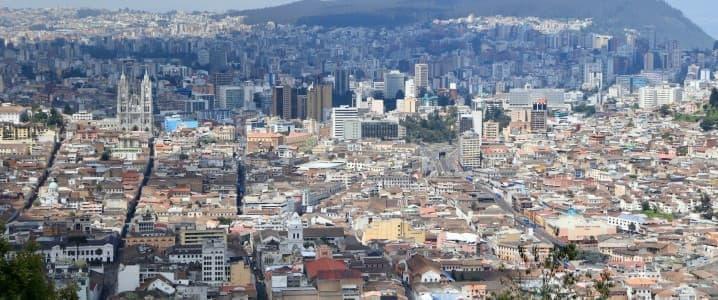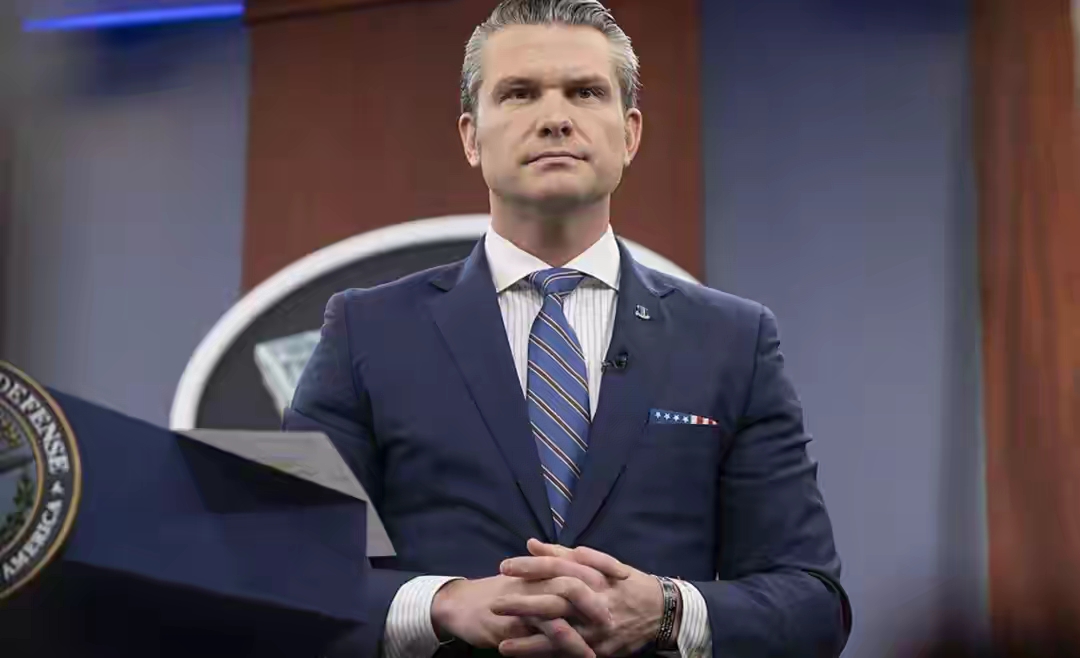
Ecuador's vital oil industry has endured a particularly challenging period over the past decade. A sharp decline in investment, severely deteriorating infrastructure, rampant corruption, frequent violent protests, severe oil spills, and an increasingly insecure situation have put immense strain on the sector's operations. The sharp decline in oil production, at a time when the national security crisis has led to increased government spending, has placed a heavy burden on government finances. To save this vital industry and boost fiscal revenue, Ecuadorian President Daniel Noboa has launched a $47 billion plan to revive Ecuador's ailing hydrocarbon sector. However, this ambitious plan has already faced considerable opposition, with evidence suggesting that Ecuador's oil production is in a death spiral.
First, the latest data indicates that Ecuador's annual oil production in 2025 will hit its lowest level in more than a decade. In fact, recent estimates put the country's oil production at approximately 465,369 barrels per day (bpd), far below the Andean nation's peak output of 556,554 bpd in 2014. Such a sharp decline in production, coupled with the lack of a clear strategy for sustainable production increases, highlights the dire predicament facing Ecuador's key hydrocarbon sector.
Secondly, in the first nine months of 2025, Ecuador's oil and tax revenues totaled $14 billion, barely covering 70% of Quito's expenditures. This shortfall was subsequently met by increasing debt. Indeed, a deepening oversupply, weak oil prices, and a bleak oil outlook are severely impacting Quito's fiscal situation. It is estimated that the annual fiscal deficit will surge to 4.4% of GDP by September 2025, far higher than the initial forecast of 2%. Quito's budgetary situation is deteriorating, and the fiscal deficit is expected to widen further in 2026.
Furthermore, Ecuador's fiscal situation is so precarious that the International Monetary Fund recently approved an expansion of its lending program to Ecuador. The IMF added $1 billion to its existing loan facility, raising the lending limit from $4 billion to $5 billion. Given the dire fiscal situation of the Noboa government, the IMF, with the assistance of international partners, has also provided Ecuador with an additional $600 million in readily available financing. By the end of September 2025, Ecuador had received $6.6 billion in IMF loans. The country's public debt currently stands at $80 billion, with a debt-to-GDP ratio of 62%, a worrying 62%.
Economists believe that such a high debt-to-GDP ratio puts Ecuador on the brink of bankruptcy, especially during a period of declining fiscal revenue and surging spending. Former Economy Minister Mauricio Pozo believes that the Noboa government's excessive and unsustainable spending will cause the fiscal deficit to soar to $4.6 billion. This is equivalent to 4% of Ecuador's GDP and nearly double the IMF's 2% target. This high debt-to-GDP ratio, combined with the ballooning fiscal deficit, severely constrains Quito's ability to raise additional funds to finance much-needed infrastructure and public goods. Most importantly, the plummeting oil production has exacerbated Quito's already difficult fiscal situation, as it means less oil can be sold at international spot prices, further impacting government revenue. Furthermore, with the impending closure of Block 43 in Yasuní National Park in the Ecuadorian Amazon rainforest, production losses are imminent. Owned and operated by the state-owned oil company, Petroecuador, the block began operations in 2016 and produces 55,000 barrels per day (bpd), or 20 million bpd. A complete shutdown of the block will completely eliminate this hydrocarbon output, and it's unclear how it will be restored, potentially costing Quito millions of dollars in lost revenue.
Overall, if production declines further, Ecuador could find itself unable to supply enough oil to meet its debt obligations to other countries. Therefore, President Noboa's $47 billion plan to revitalize Ecuador's oil industry is crucial to the country's finances, despite growing evidence that it is unsustainable and ultimately doomed to failure.

Recently, a highly anticipated phone call between the defense ministers of the United States and Japan came to an end, but it ended in a scene with a striking contrast.
Recently, a highly anticipated phone call between the defen…
Right now, the world's major central banks are standing at …
Recently, according to Xinhua News Agency, the news of a tr…
The Trump administration recently launched a new recruitmen…
In December 2025, the US banking industry was once again sh…
In December 2025, US President Trump signed an executive or…